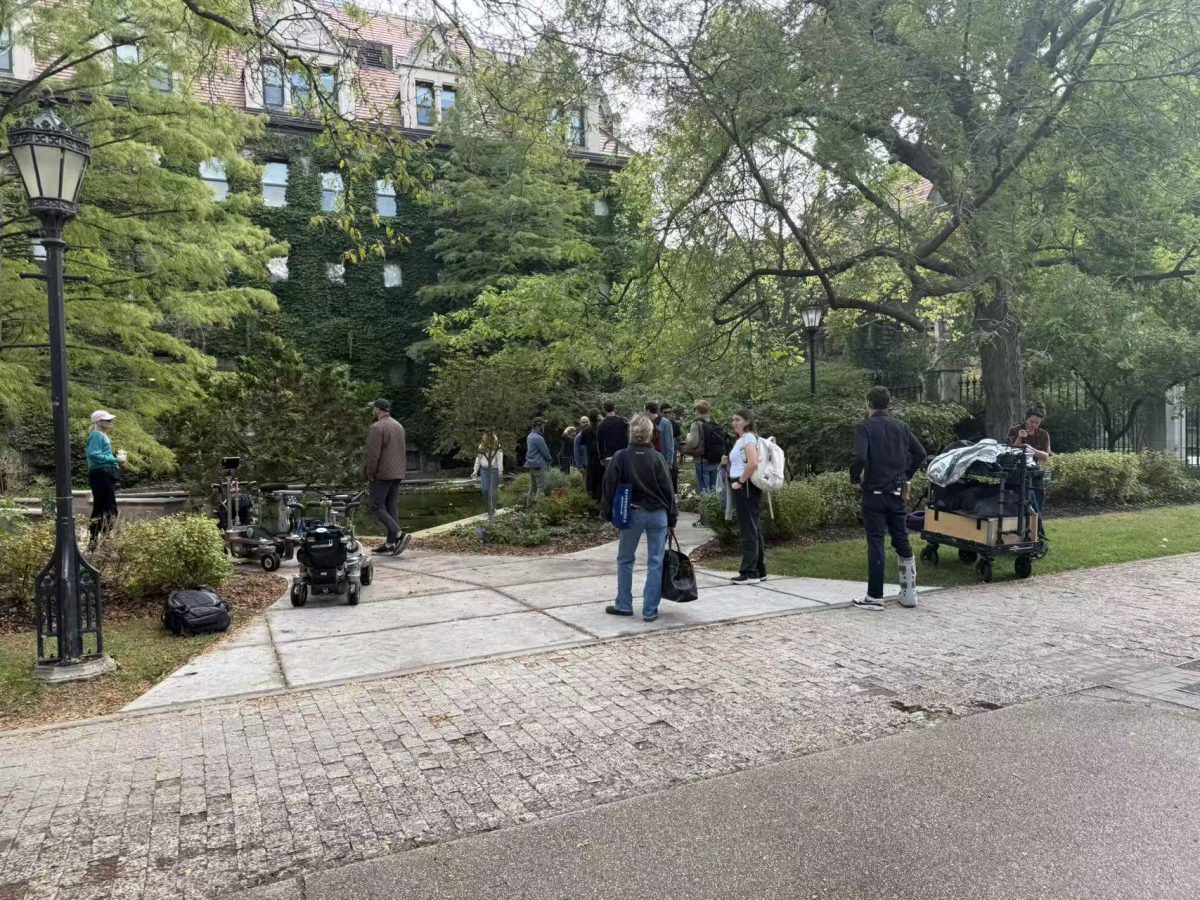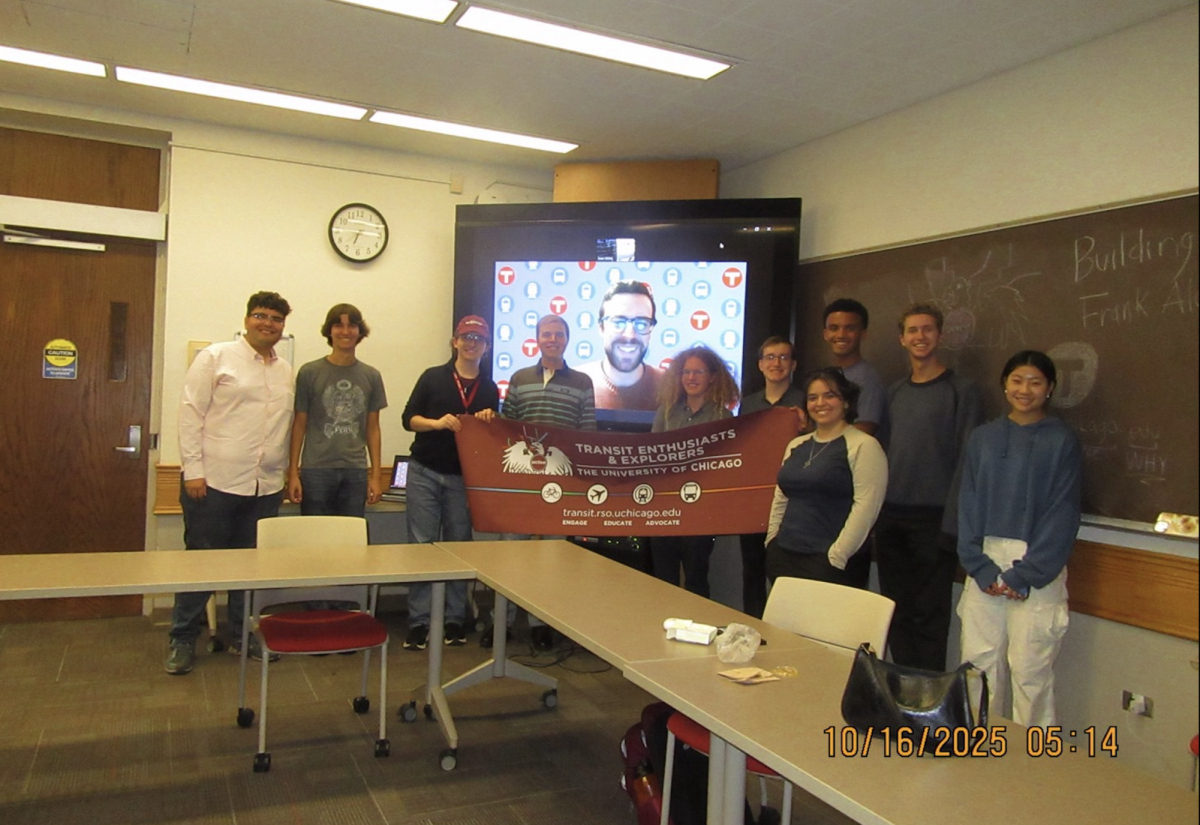[img id=”78279″ align=”alignleft”]
Although Scav Hunt won’t begin until next Thursday, teams have already started to push preparations into high gear.
While Scav may be the only almost socially acceptable time to drive a golf cart on the Midway dressed in a beaver costume (175 points, 1999) or down “as many shots of salad dressing as you can do in 30 seconds” (1 point per shot, 2007), the preparation leading up to the hunt is just as full with unpredictable behavior. Teams are planning on upping the ante this year, as Snell-Hitchcock fights for four consecutive wins against primary competitors Max Palevsky and Burton-Judson. No team has ever held first place more than three years running.
Snell-Hitchcock began doing dry runs of Scav weeks ago. Scavvies created practice pages for their team members to practice, including items like building the biggest kite possible.
Two Sundays ago, garbage bags, sticks of wood, and string were sprawled around the study lounge of Snell-Hitchcock as scavvies attempted to construct a six-foot kite. Building materials had already begun to multiply, thanks to a text messaging network that allows Scavvies to alert team members to dumpster finds. “We have a lot of people who will text others even if they’re downtown and just see something interesting to collect,” like piles of wood or dumpsters filled with discarded electronics, said Ben Brubaker, third-year and captain of the Snell-Hitchcock team.
Although wood is the “ideal pre-Scav material,” team members keep an eye out for anything that could give them an edge. “The weirdest thing that has come to use in the past is a toilet,” Brubaker said, adding that it was used in 2008 to forge a sword (65 points) and roast a lamb to improvise a Bedouin wedding feast (75 points, bonus if there is a real marriage). “Every item could potentially be put to use.”
Some of the best items are found in dumpsters, and Scavvies brave the dangers of dumpster diving to pilfer the most useful objects. “On the first dumpster dive, [a friend and I] show up and there are sharp pieces of metal and sticks popping up [out of the dumpster],” fourth-year Snell-Hitchcock captain Jory Harris said. “I’m not really prepared for it; I’m wearing shorts and sandals, but there were good materials in there that we couldn’t pass up.”
Along with materials preparation, captains spend weeks organizing and training team members. In Snell-Hitchcock, page captain trainees reviewed a time schedule which detailed everything happening from midnight on Wednesday to noon on Sunday. “[During training] we talked for a long time about how Scav worked, and now I feel like I understand everything we’re doing,” first-year Cullen Seaton said. “But still I don’t feel like anything can truly prepare us for Scav.”
For Max Palevsky captain Sara ElShafie, her experience as a page captain last year let her be “more in the know. I always knew what was going on and had just enough authority to boss people around,” she said, adding that it contributed to her running for team captain this year.
While being able to construct a breeder reactor (500 points, 1999) might not get you hired, some of the skills developed by team captains during Scav might even look good on a résumé. “In the past month… we’ve been communicating with the staff of Max P to make sure there will be headquarters and storage space,” ElShafie said. “We’ve gone to all of the house meetings in Max to recruit people; it’s a lot of networking and logistical work.”
Some Scavvies may even be qualified to work in the Development Office by the time they graduate—fundraising is essential to Scav preparation, and efforts range from soliciting alumni to selling T-shirts and hosting fundraising barbecues.
But to Harris, Scav preparation is about getting to know your fellow teammates more than anything else. “Its not just about dumpster diving, but about seeing people do things you would never expect them to do,” he said. “I always feel like I know people better after Scav.”








